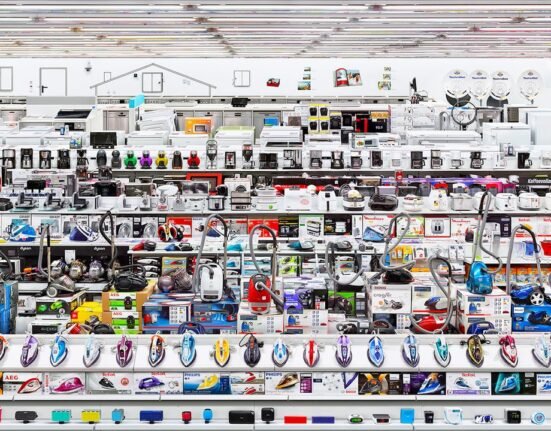The National Gallery, London celebrates its bicentennial this year. In honour of that milestone, PhD student Luisa Bicalho Ritzkat presents findings from her research in which she is quantifying the gallery collection’s nominal rate of return across the twentieth century. Her work reveals that the National Gallery’s returns were higher than previous estimates, competitive with traditional asset classes.
The National Gallery welcomes millions of art-loving visitors each year to view its collection of over 2,300 works. Europe’s other renowned art museums, such as the Uffizi and the Louvre, have historical roots in royal collections. Young nation-states made these collections public, transforming regal assets into national art museums. In Britain, however, the royal collection remained with the monarch. Instead, in 1824 the British government bought 38 paintings from the heirs of London banker John Julius Angerstein, and thus began the National Gallery.
The institution has maintained an active role in art markets, acquiring about two-thirds of its collection through art dealers and auctions (Figure 1). My research looks at the institution as an art investor, asking how well the institution’s ‘investment portfolio’ has performed over the twentieth century.

Using Insurance Valuations to Track Asset Returns
I constructed a data set containing all artworks purchased by the National Gallery between 1824 and 1914. The collection totalled 3,678 paintings, almost half of which are today housed in Tate Britain. From the archives of both museums, I transcribed the insurance valuations of each artwork to track its value up to the year 1994.
Insurance valuations reflect the artworks’ market value better than the more traditional measure of auction prices. Curators base their insurance valuations on the market value of the artwork. Auction prices can deviate from a painting’s true market value because of day-specific characteristics e.g. reputation of the auction house, the order of items auctioned.
Curators review an insurance valuation whenever an institution lends out an artwork for an exhibition. For example, the gallery might lend an item from their collection to the Louvre for three months, or tour an exhibition around the UK. The timing of the valuations therefore differs across artworks.
I created a hedonic index on the National Gallery collection, since simply averaging returns would bias my estimate with time-effects. The idea of a hedonic regression is that the price of an artwork is a function of its characteristics, which includes things like dimensions and the medium. A great advantage of studying a public collection is that all information about the artwork is available in catalogues upon request. The comprehensive level of detail incorporated into the hedonic index translated into an elevated explanatory power. With an R-squared above 80% my index explained more variability in the data than most comparable indices in the literature.

Not Your Average Art Investor
The National Gallery outperforms the British art market (Figure 2). The collection did particularly well in the last quarter of the twentieth century. Though the period was a boom for the art market in general, the National Gallery outperformed the overall art market.
My future research will go beyond estimating art returns to understanding the role of investor. The impressive performance of the National Gallery collection raises important questions about access to markets and information. How did the special role the National Gallery played on the art market, as both a centre of expertise and an institutional investor, affect its art investments? What role did information asymmetry play in shaping the National Gallery’s art investment decisions and the performance of the institution’s ‘portfolio’?







